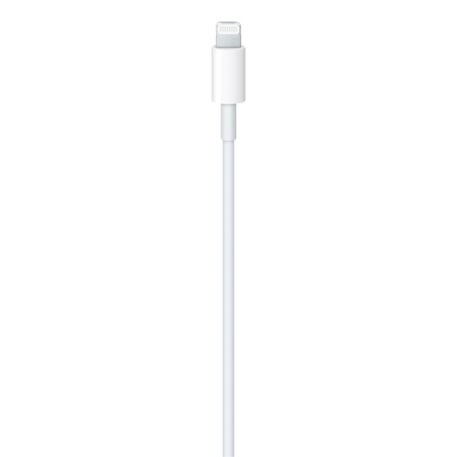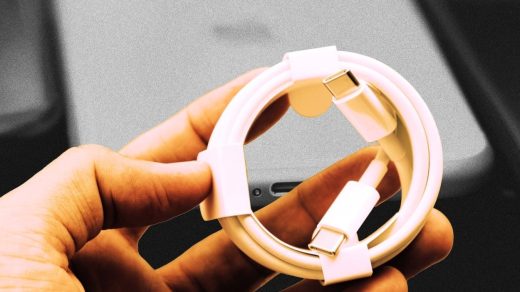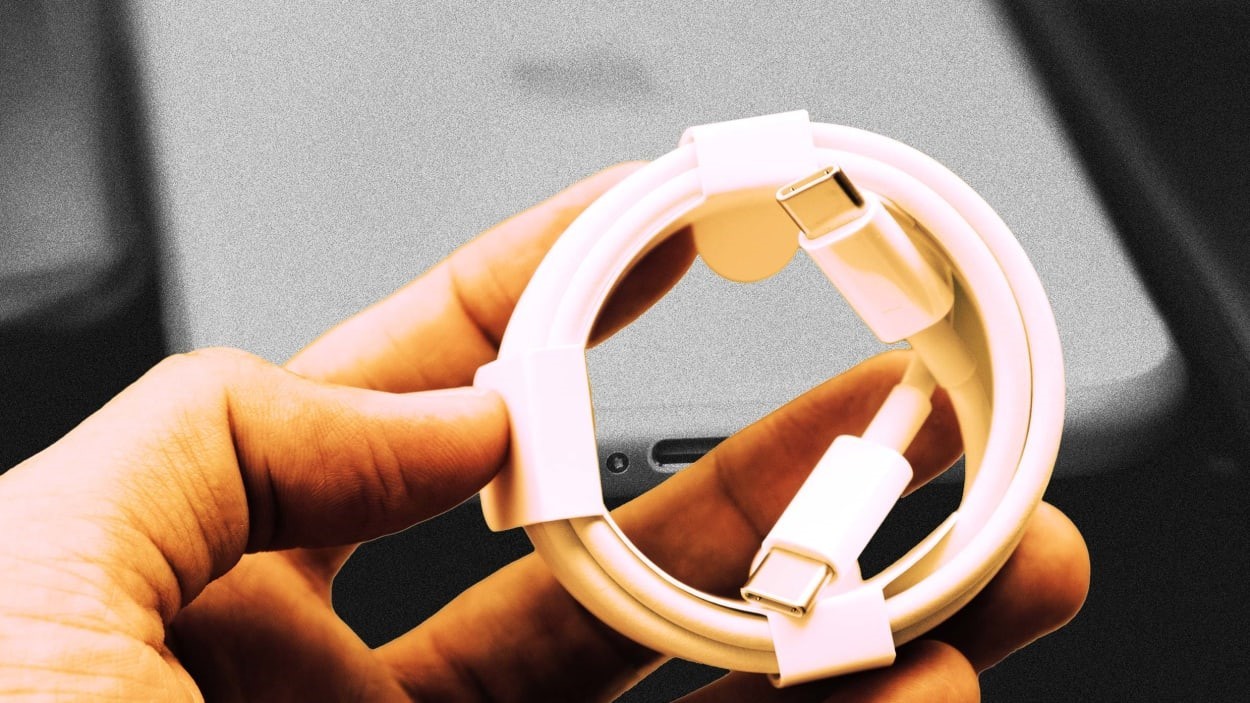Apple is changing the iPhone port for the first time in a decade. Don’t panic
Back in 2012, when it introduced the iPhone 5, Apple made the most jarring change to the smartphone in its history: It ditched the 30-pin Dock connector, which for nearly 10 years had been a mainstay of the iPod and, later, the iPhone. The Dock connector was jettisoned in favor of the proprietary Lightning port, which has remained the main I/O port on iPhones to this day.
The change from a Dock connector to the Lightning port proved to be a pain for millions of iPhone users for reasons we’ll explore below. But now those users are about to go through another change that’s just as significant. The iPhone 15 series, which Apple is expected to debut this month, will do away with the decade-old Lightning connector and replace it with a USB-C port.
But the change to USB-C won’t be as big a headache for iPhone owners in 2023 as the change to the Lightning port was in 2012. It might even be a good thing.
Why the previous port change caused such a headache
While Lightning had some great advantages over the old Dock connection (it was much smaller, more durable, and could be plugged in face up or down), it also proved to be a massive inconvenience.

This is because many iPhone owners at the time had multiple Dock accessories that they had purchased over the years, including Dock stands (to charge your iPhone standing up—hey, it was the early 2010s, okay?) and speaker docking systems. At the time it was even common for hotel chains to have alarm clock radios with built-in docking stations so that guests could easily charge their iPhones and listen to tunes in their hotel room. Some of these accessories, such as Dock speaker systems, could cost several hundred dollars or more.
But when Apple ditched the Dock connector for the Lightning port on the iPhone 5, suddenly millions of users who had acquired Dock accessories found themselves unable to use them—unless they bought a bulky and expensive $30 Dock-to-Lightning adapter from Apple, which was prone to breaking. They also needed new charging cables and even new phone cases with cutouts that fit the new Lightning plug.
And it was the most ardent iPhone users who usually had the greatest number of iPhone Dock accessories. Swapping them out for Lightning-compatible accessories was costly, to say the least.
Why this time will be easier
The good news is that when Apple unveils the iPhone 15 series with a USB-C connection later this month, the transition will be much smoother for three main reasons.
Why this change to USB-C is good overall
With the move to USB-C, Apple is essentially making the iPhone more compatible with your existing accessories, such as the power adapters and cables you use for your Mac and Android devices. This, in turn, is better for the environment, as people won’t need to purchase new adapters to charge their iPhones and other devices. It also means you’ll need to carry fewer types of adapters and chargers around with you when you travel with multiple devices.
There seem to be only upsides to Apple’s transition to USB-C. If anything, it’s disappointing that the company waited this long to make the transition. (The European Union basically forced the company’s hand, as Greg Joswiak, Apple’s SVP of worldwide marketing, told The Wall Street Journal last October.)
But no matter why Apple finally made the move to USB-C, it’s a win for users—and the new port is probably one of the best reasons to upgrade to the iPhone 15 series this year.
(7)



